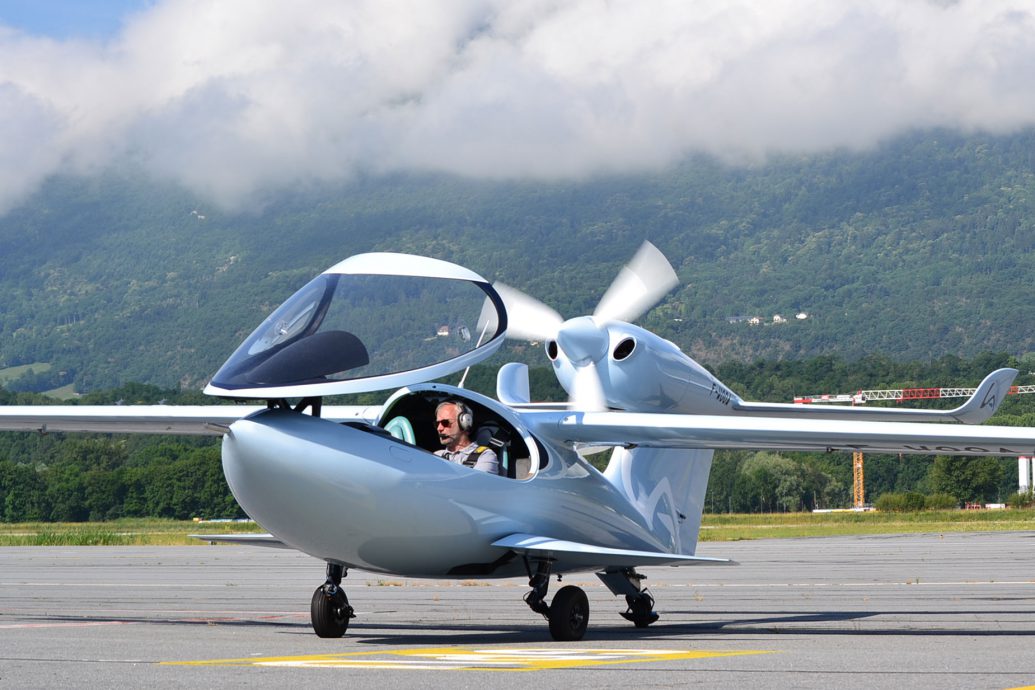
Is it a new aircraft? No! Is it a new version? Yes!
Since we first presented the AKOYA to the public and our customers, we have always been very attentive to their comments so as to be able to deliver a high-end, innovative aircraft, meeting the most demanding expectations.
During the past few months, LISA’s engineers have worked on a major update of the AKOYA aircraft.
This new version is called PS1 (“pre-series 1”) and replaces the previous version, PS0.
Improvement in the Multi-Access technology
The most important of the many changes that have been made is the AKOYA’s flagship innovation, Multi-Access, which includes the landing gear, skis and Seafoils system. The combination of these 3 features has allowed a new milestone to be achieved with many benefits!
In this newsletter, we are going to focus on the “ground” feature. The other features and other improvements will be covered in the forthcoming newsletters!
The benefits of conventional landing gear without the drawbacks
As in cars, where opinions are divided between front-wheel drive and rear-wheel drive, conventional landing gear (taildragger) and tricycle landing gear on light aircraft have their proponents. Both configurations have their advantages and drawbacks.
For the AKOYA, we have chosen a conventional landing gear configuration. Indeed, it allows the same type of approach on landing and provides the same cues on take-off regardless of the surface, and whether the landing gear is retracted (for water use) or extended (for asphalt, grass or snow-covered runways). This uniformity eliminates the flying complexity often attributed to versatile aircraft and thus provides a guarantee of safety.
However, the LISA team has shown great imagination in correcting the specific drawbacks usually associated with this configuration.

Increased runway visibility
A taildragger aircraft is usually very nose-up thereby significantly limiting runway visibility. This weakness, which was also evidenced on the PS0, has been corrected on the PS1. The Seafoil’s structure and the landing gear leg are now one integrated design. Seafoils are thus mobile and have an almost horizontal position when the landing gear is down. Thanks to this mobility, the fuselage level has been lowered while increasing the ground clearance of the Seafoils. The aircraft’s attitude is decreased therefore improving significantly runway visibility. The visibility from inside the AKOYA is now similar to that of a tricycle landing gear aircraft.
Better handling on the runway
Handling on the runway is another weakness often attributed to taildragger aircraft. Extensive research and testing work has been carried out on the geometry and all the parameters involved in positioning the wheels of the main landing gear and the tail wheel to improve the AKOYA’s handling qualities on the ground. For its part, the tail wheel is automatically disengageable. It thus provides better steering during take-off and landing, while allowing very small turning circles at low speed. This greatly facilitates the handling of the aircraft on the ground, in particular when parking.
The new tail wheel size provides a better grip and greater responsiveness on runways.
Soft landing and an all-terrain aircraft
We have taken advantage of the modification of the Multi-Access landing gear geometry to optimize the shock absorber system. The result is impressive. The system is even more comfortable, flexible at low speed, and firm with a high absorption of energy at high speed. The damping ensures soft and responsive landings, therefore making an aircraft that is comfortable and precise to fly even at rough landings.
Of course, take-offs and landings on grass are also much more comfortable!
Easier boarding
The modification of the Multi Access lowers the overall cockpit level. The Seafoils are now at an ideal height and tilt for boarding the AKOYA from the ground as well as from the water.
Excellent visibility even on runways, better handling and “all-terrain” landing gear are, in a nutshell, the main “ground” benefits of the new version of Multi-Access.
